What makes a hairstyle iconic? Here at Commune, we love reflecting back
and being inspired by classic looks. Though we admire styles like Audrey
Hepburn's fringe or Anna Karina's shoulder-length bob, we asked
ourselves what Japanese actresses have influenced the hairstyles of
their time. After researching a few actresses from the 1950s and 1960s,
however, we became more enamored by the actress herself. Here are a few
profiles of iconic women in Japanese cinema.

Kyoko Anzai
While her film career
lasted under a decade, Kyoko Anzai's presence onscreen showed a young
and high-spirited actress who clearly stood out despite not having many
lead roles. Her most famous role in the sci-fi flick Battle in Outer Space (1959) was a huge leap from her debut as a fresh face in Seishun Jazz Musume (1953). Married to star actor Tatsuya Mihashi, Anzai passed away in 2002.
Seishun Jazz Musume (1953)
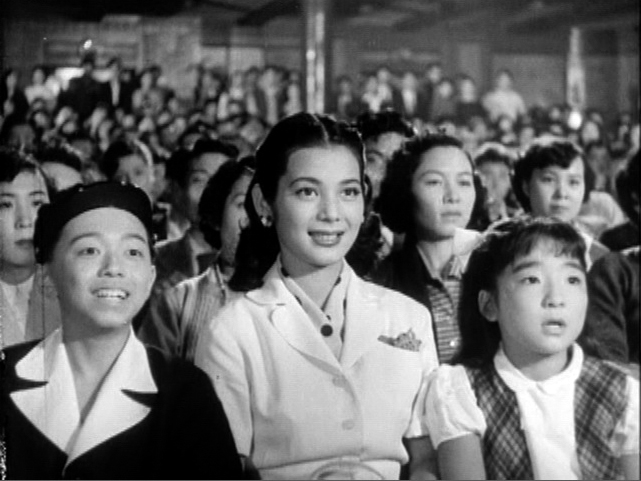
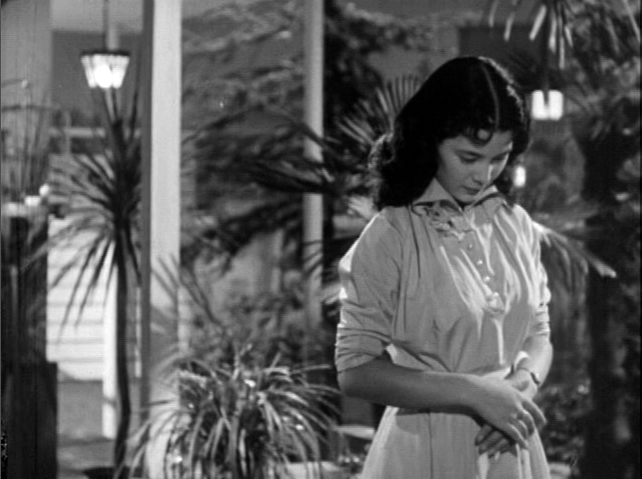
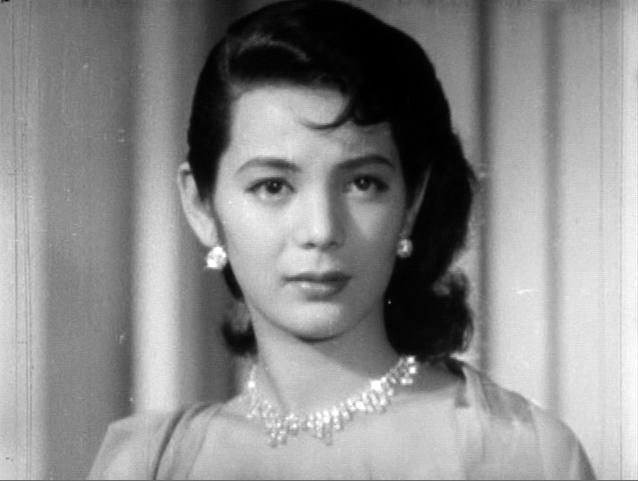
Ruriko Asaoka
Emerging from the golden age of Nikkatsu Productions, Ruriko Asaoka was its most prominent actress. The cultural boom of the 1960's was a pivotal time for youth-oriented films and art house cinema. From film noir classics to jidaigeki dramas to contemporary pieces, Asaoka's range of performances and dynamic beauty propelled her into stardom.

I Hate but Love (1962)

Red Handkerchief (1964)
Junko Fuji
When Junko Fuji wields a sword, it's unfathomable how she can combine strong fierocity with delicate grace. As one of the biggest stars of the yakuza film genre, Fuji's success as a notorious gambler earned her many reprisals of her role in the Red Peony series. Having starred opposite of big stars like Ken Takakura and Koji Tsuruta, Fuji clearly carried enigmatic charisma. At the young age of 26, she left the film industry to marry kabuki actor Onoe Kikugoro; but not after making name for herself and setting a standard for strong female lead roles.

Setsuko Hara
Widely considered as Ozu's muse, Setsuko Hara's name is unanimous to the famous director's film work, but also stands on her own as one of the most recognizable Japanese actresses of her time. Her style and charming disposition displayed a great feminine beauty onscreen. After retiring from acting, Hara stepped out of the spotlight almost completely, leaving her smiling character an everlasting image in Japanese cinema.
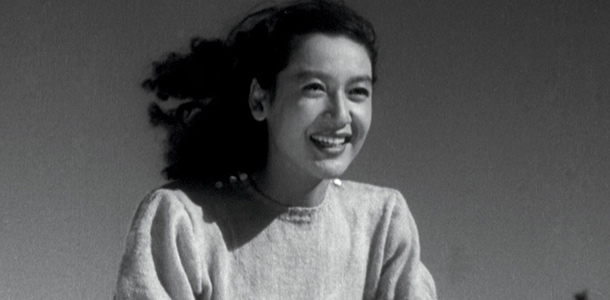
Late Spring (1949)

Tokyo Story (1953)
Mariko Kaga
Mariko Kaga's career spans four decades in Japanese film and television, but her debut during the 1960's New Wave era made it evident that she was more than just a pretty face. Taking on bold characters in films like Masahiro Shinoda's Pale Flower (1964) and Ko Nakahira's Only on Mondays (1964), Kaga showed her depth as a mysterious femme fatale as well as a flirtatious call girl. Kaga's cute-sexy look has influenced many contemporary Japanese films today.
Pale Flower (1964)
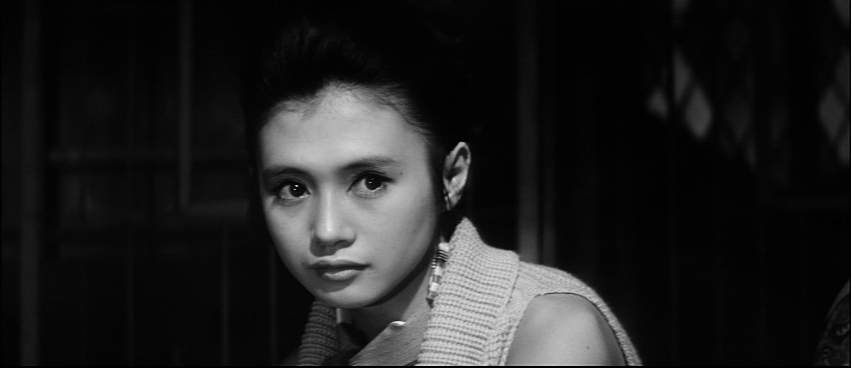
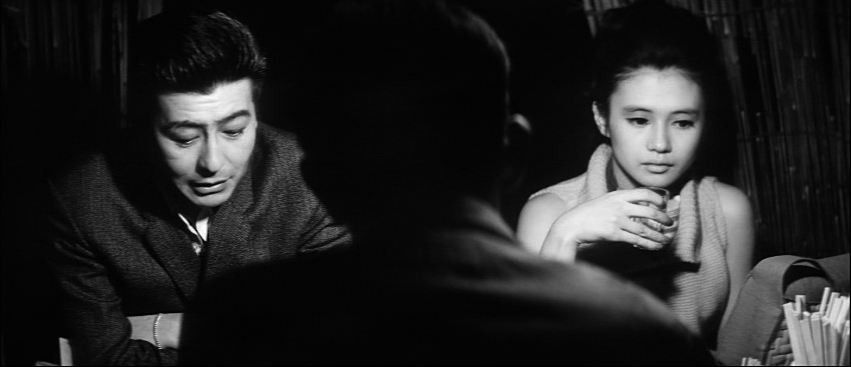




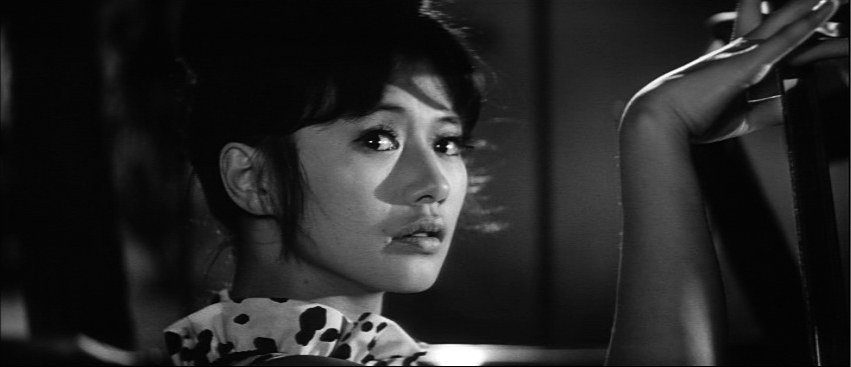
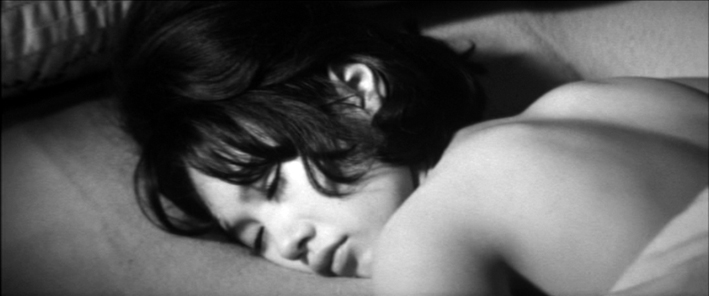
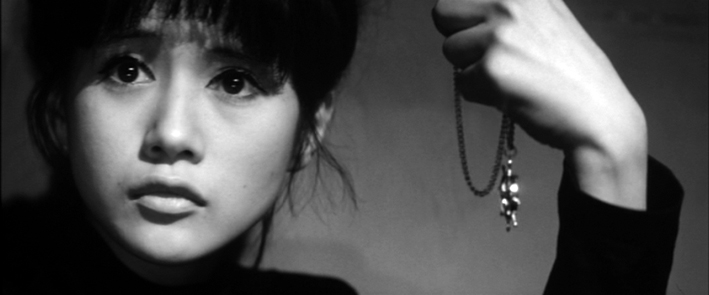
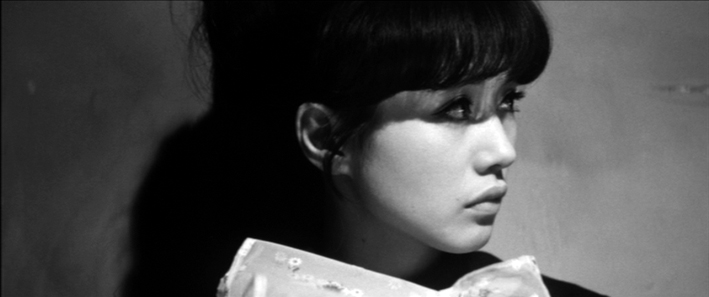
No comments:
Post a Comment